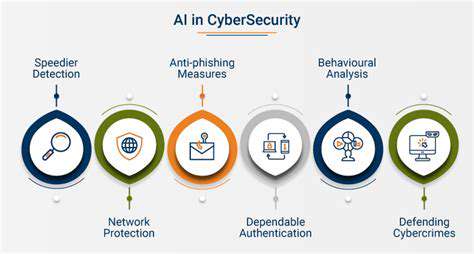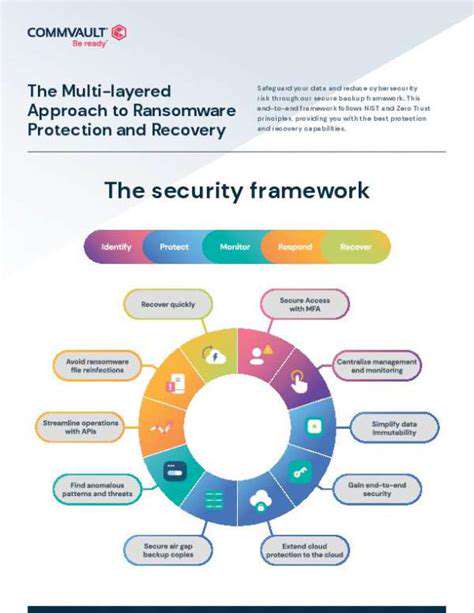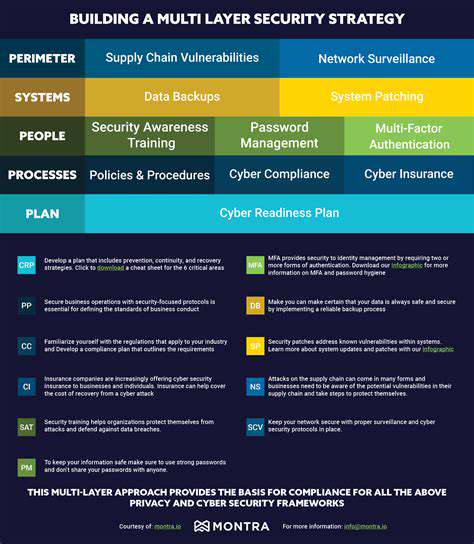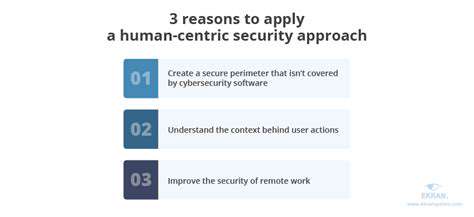Maintaining User Experience and Productivity in a Zero Trust Environment
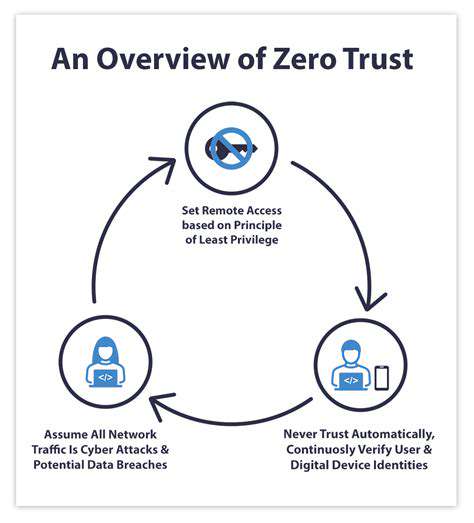
Prioritizing User Needs
Understanding and prioritizing user needs is the cornerstone of any successful Zero Trust implementation. Organizations must intimately grasp their users' workflows, pain points, and security requirements to design an effective yet unobtrusive system. Conducting shadowing sessions and workflow analyses often reveals unexpected friction points that surveys might miss.
This approach goes beyond generic user personas; it requires observing how different departments interact with systems in their daily operations. The finance team's needs differ dramatically from those in R&D, yet both must navigate the same security framework without unnecessary hurdles.
Streamlining the User Interface
The authentication interface serves as the frontline of Zero Trust adoption. Overly complex MFA prompts or confusing access requests can sabotage productivity. Designing progressive authentication flows that adapt to context—like requiring stricter verification for sensitive data—maintains security without constant user frustration.
Visual design plays a crucial role here. Color-coding access levels or using intuitive icons helps users quickly understand permission states. Microsoft's Conditional Access implementation offers excellent examples of contextual authentication done right.
Ensuring Seamless Navigation
Permission management shouldn't feel like navigating a maze. A well-designed Zero Trust system provides clear visual cues about access status and straightforward paths to request additional permissions when needed. Google's BeyondCorp implementation demonstrates how to maintain clean navigation while enforcing strict access controls.
The best systems anticipate user needs. If a marketing team member tries accessing CRM data, the system might automatically suggest the proper access request form rather than displaying a generic denial.
Optimizing Performance and Speed
Security checks mustn't become productivity roadblocks. Packet-level inspection and real-time policy evaluation should happen with minimal latency. Companies like Cloudflare have shown how to implement Zero Trust rules without adding noticeable delay to application responsiveness.
Providing Helpful and Accessible Support
When access issues arise, users need immediate, contextual help. Embedding support options directly within access denial messages—with links to relevant knowledge base articles—reduces frustration. Some organizations implement AI chatbots that can interpret error codes and suggest specific remediation steps.
Adapting to Different Devices and Platforms
A salesperson switching between desktop, tablet, and smartphone expects consistent access. Implementing device-appropriate authentication methods—like biometrics on mobile versus hardware tokens for desktops—creates a seamless cross-device experience while maintaining security.
Collecting and Analyzing User Feedback
Continuous feedback loops are vital for refining Zero Trust implementations. Monitoring where users most frequently encounter access issues reveals policy oversights. One healthcare provider discovered their strict timeout policies disrupted radiologists' workflow during lengthy image analyses, prompting policy adjustments. This iterative approach ensures security evolves with actual user needs rather than theoretical models.
Addressing the Cost and Resource Constraints of Zero Trust Deployment
Understanding the Financial Burden
The TCO of Zero Trust extends far beyond software licenses. Many organizations underestimate the operational costs of continuous policy tuning and exception management. A phased rollout targeting high-risk areas first often proves more financially sustainable than enterprise-wide immediate deployment. Several federal agencies have successfully used this approach, securing critical systems first while gradually expanding coverage.
Resource Allocation and Manpower
The cybersecurity talent shortage hits hardest during Zero Trust transitions. Rather than competing for scarce specialists, some companies are creating internal security champions programs. These cross-trained employees from IT and business units help bridge the gap between security requirements and operational realities.
Network Infrastructure Adjustments
Microsegmentation doesn't always require network overhauls. Emerging solutions allow logical segmentation atop existing VLAN architectures. One manufacturer implemented software-defined perimeters that reduced hardware costs by 60% compared to traditional approaches.
Data Management and Processing
Data classification automation tools can dramatically reduce the manual effort of implementing Zero Trust data policies. Machine learning systems that auto-tag sensitive information based on content and context are proving particularly valuable for organizations with large legacy data stores.
Maintaining Security Posture
The operational rhythm changes significantly post-implementation. Rather than periodic audits, teams shift to continuous compliance monitoring. Cloud-based SIEM solutions with built-in Zero Trust analytics help smaller teams manage this transition without excessive staffing increases.
Scalability and Future Growth
Designing for scale from the outset prevents costly reengineering later. One SaaS provider built their Zero Trust framework around API gateways rather than traditional network controls, enabling seamless expansion as they added new services and customers.
Integration with Existing Systems
Legacy system integration often proves the trickiest challenge. Some organizations have found success using protocol translation gateways that wrap older systems in modern authentication layers. A European bank protected their 30-year-old mainframe systems this way without modifying the core applications.

